11 Shocking Events In Sports History That Are All But Forgotten Today
- Oops!Something went wrong.Please try again later.
- Oops!Something went wrong.Please try again later.
- Oops!Something went wrong.Please try again later.
- Oops!Something went wrong.Please try again later.
1.The Pirates' Dock Ellis was tripping on acid when he threw a no-hitter against the Padres on June 12, 1970. The right hander mistakenly believed he wasn't scheduled to pitch until the next day, so he dropped acid with a friend around noon. Two hours later, he realized he was supposed to pitch THAT NIGHT.

Ellis somehow kept it together enough to make it onto the mound where — despite not being able to feel the ball or see his catcher — he dominated. "I started having a crazy idea in the fourth inning that Richard Nixon was the home plate umpire," he later said. "And once I thought I was pitching a baseball to Jimi Hendrix, who to me was holding a guitar and swinging it over the plate."
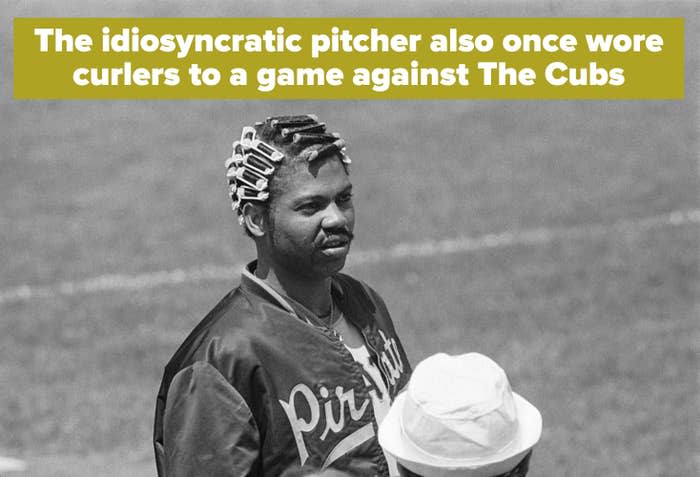
A documentary about the LSD-fueled no-hitter was released in 2014 entitled No No: A Dockumentary. It's available to stream on Amazon Prime.
2.Monica Seles was the number one ranked women's tennis player in the world when, during a match at the 1993 Hamburg Open, an obsessed fan of rival tennis star Steffi Graf leaned onto the court and stabbed Seles in the back with a boning knife. The knife plunged an inch and a half deep between Seles's shoulder blades. Thankfully, Seles had leaned forward to drink water a second before the attack, saving herself from much more severe injuries. She was raced to the hospital and released a few days later.

The attacker, Günter Parche, hoped that by injuring Seles he could enable Steffi Graf to once again become the top-ranked women's player in the world. Graf had been the top-ranked player for 168 weeks in a row before Seles took the spot from her. Parche was determined to be psychologically abnormal at his trial, and — instead of jail time — was only sentenced to two years' probation and psychological treatment.
Seles and Graf weren't friends, but Graf visited Seles in the hospital in a show of solidarity. Sadly, Seles experienced depression and anxiety after the attack, and wouldn't return to the tour for two years. She also refused to play in Germany moving forward, saying, "What people seem to be forgetting is that this man stabbed me intentionally, and he did not serve any sort of punishment for it. ... I would not feel comfortable going back. I don't foresee that happening."
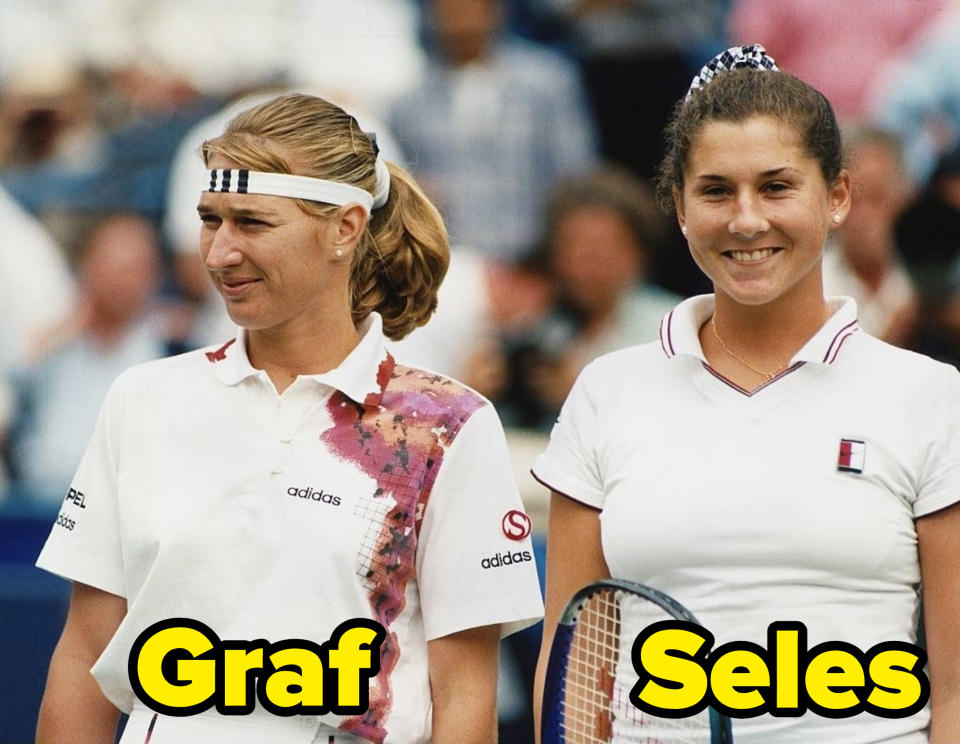
While Seles had successes after returning to the court, including winning the French Open in 1998, she was unable to regain her prior greatness. Many believe that, if not for the stabbing, she would be in the conversation of greatest women's tennis player of all-time along with Serena Williams.
3.Eddie Gaedel — a little person who stood 3'7” tall — became the shortest player in major league history on August 19, 1951 when he stepped to the plate for the St. Louis Browns against the Detroit Tigers. The Browns were a bad team (they went 52–102 in 1951) with an owner, Bill Veeck, who pulled a lot of stunts to get fans into the stadium. Gaedel's appearance was one of them.

Veeck signed Gaedel to a major league contract and issued him a uniform with the number 1/8th on the back. Gaedel pinch hit for the game's leadoff hitter, and with orders to crouch down and not swing the bat, walked on four pitches.

Gaedel was immediately removed for a pinch runner and received a standing ovation from the crowd. What he didn't receive was a lot of money — he was paid just $100 for his one-day appearance in professional baseball.
Tragically, Gaedel was only 36 years old when he was beaten to death by men who followed him home from his job at a bowling alley. The only representative from major league baseball to show up at his funeral was Bob Cain, the Tigers' pitcher who pitched to him.
4.Manon Rhéaume became the first woman to play in the National Hockey League in 1992 when she played goaltender for the Tampa Bay Lightning in a pre-season game against the St. Louis Blues. She played one quarter, allowing two goals and blocking seven shots. While she never made a regular-season NHL roster, she appeared in another pre-season game for the Lightning the following year, and played in the minor leagues between 1992 and 1997, becoming the first woman to appear in a professional regular season game.

Manon also played on the Canadian women's national ice hockey team where — no surprise — she was a standout player, helping her team win the silver medal at the 1998 Winter Olympics. Today she works with the NHL's Los Angeles Kings in their player development department.

5.Nearly five decades earlier, Toni Stone not only became the first woman to play in the Negro Leagues, but the first woman to be a regular on a big league professional baseball team. She signed to play second base for the 1953 Indianapolis Clowns (Hank Aaron was a member of the team the previous year), and played in 50 games, hitting a respectable .243. She played with the Kansas City Monarchs the following year before retiring to become a nurse.

A remarkable talent, Stone didn't have it easy during her time in the Negro Leagues. She was shunned by many of her male teammates and reportedly told by her manager to go home and cook for her husband. She also was asked by team management to wear a skirt for "sex appeal" (she refused), and sported scars on her wrists thanks to the many male baserunners who — not enthusiastic about having her in the league — went into second base hard with their cleats up.
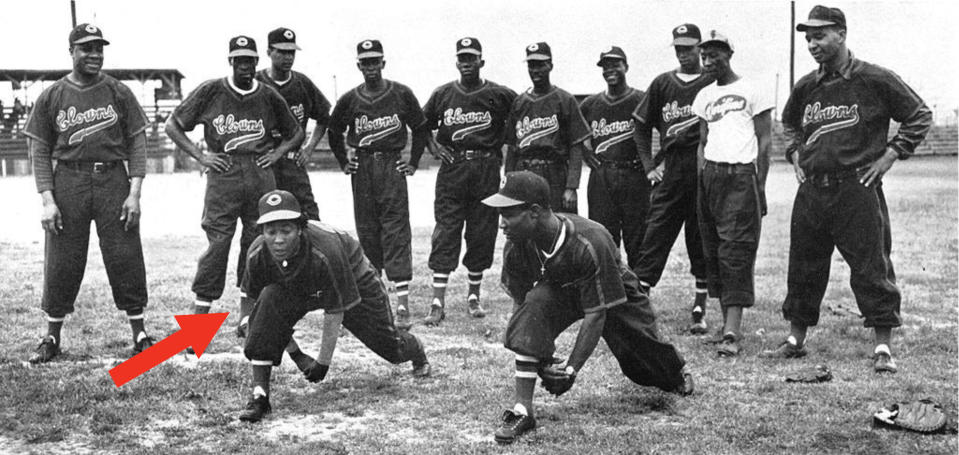
In recent years, Stone has been included in exhibits at the Major League Baseball Hall of Fame, and inducted into multiple women's sports hall of fames.
6.Freddy Adu — a 14-year-old soccer prodigy from Ghana — become the youngest person ever to play for a major league sports team when he took the field on April 3, 2004 for D.C. United against the San Jose Earthquakes. Two weeks later, he became the youngest player to score a goal in Major League Soccer history. Despite his young start and comparisons to soccer legend Pelé, Adu went on to have an un-extraordinary journeyman career, playing on 15 different teams over the next couple decades.

7.On the flip side, the legendary Hall of Fame pitcher Satchel Paige became the oldest person ever to appear in a major league game when — at age 58 — he took the mound for the Kansas City A's against the Boston Red Sox.
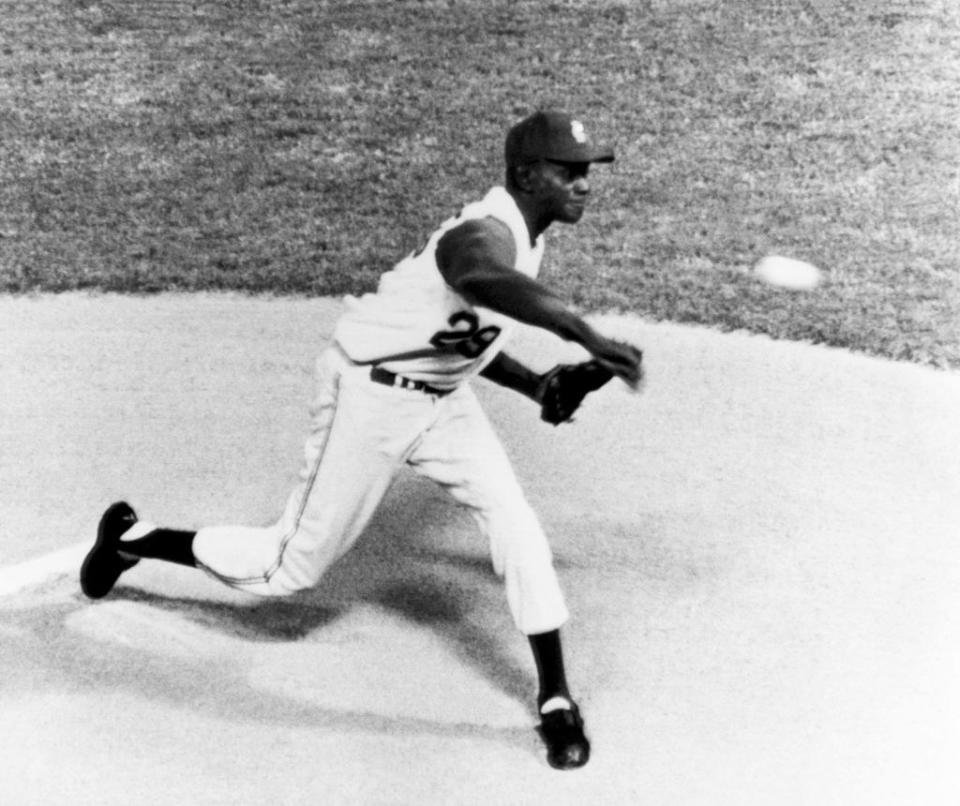
The move was a stunt by A's owner Charles O. Finley, and Finley even insisted that the nearly senior citizen Paige — who hadn't appeared in a major league game in 12 years — sit in a rocking chair before the game with a nurse looking on. But it was no stunt for the ever competitive Paige, who, despite his advanced age, threw three shutout innings and even struck out a batter!
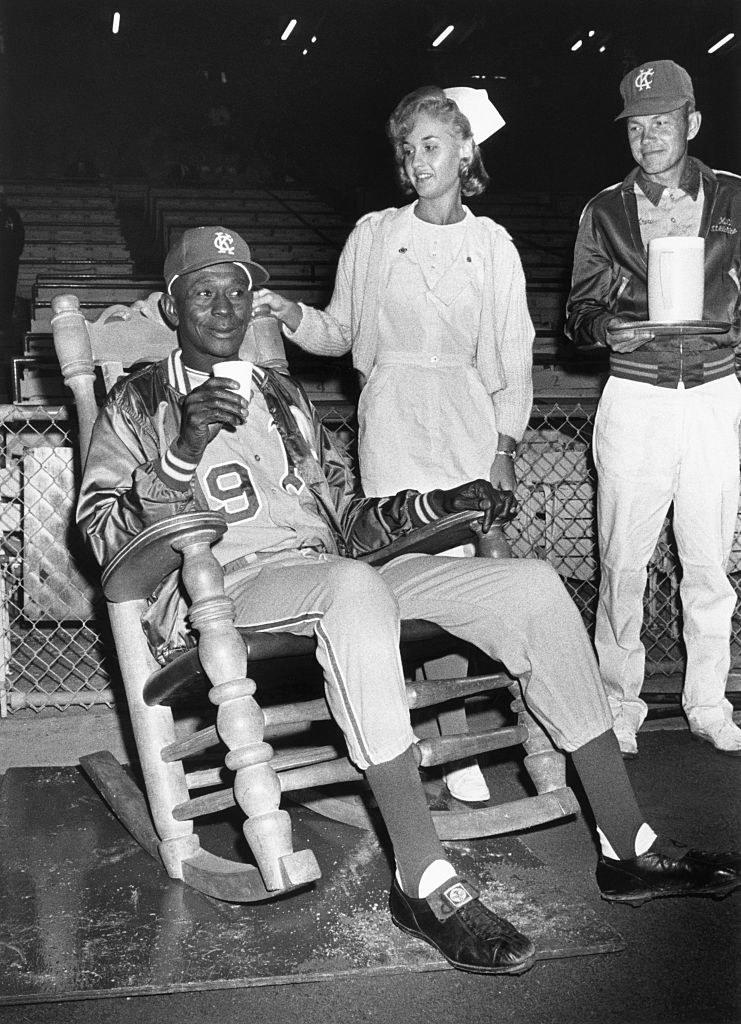
8.On March 2, 1962, basketball legend Wilt Chamberlain scored a staggering 100 points in one game for the Philadelphia Warriors against the New York Knicks. This is perhaps sports' most unbreakable record, with only Kobe Bryant coming anywhere close to matching it, when — 44 years later in 2006 — he scored a comparatively paltry 81 points.
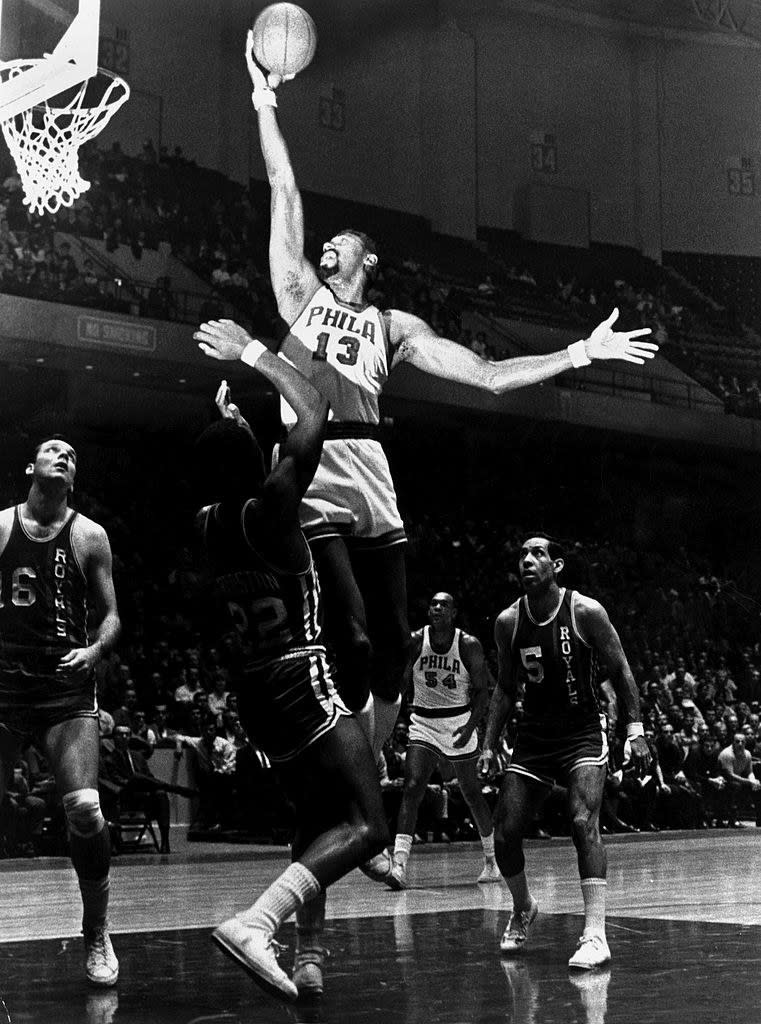
Chamberlain was an athlete unlike any the world had seen up until that point. He was 7'1" tall, incredibly strong, and ran and jumped so well that he could have qualified for the Olympics. When he entered the NBA, the game was slow moving by today's standards, with dunking almost nonexistent and many players still preferring the antiquated two-handed set shot. Chamberlain revolutionized the game, often looking like an adult playing among children. In addition to his 100-point game in 1962, he averaged 50.4 points per game for the season!

Sadly, the game wasn't televised so no footage exists of it. And, because the game was played in a different arena than usual, the mainstream press outlets weren't there, either! It wasn't until the 1980s when the best documentation of this momentous occasion was unearthed — a recording of the radio broadcast's fourth quarter a fan had taped using a reel-to-reel recorder.
9.In a spring training game on March 24, 2001, the Diamondbacks' Hall of Fame pitcher Randy Johnson hurled a 98-miles-per-hour fastball that hit and killed a bird that had the misfortune of flying into its path. The batter, San Francisco Giants' outfielder Calvin Murray, told the Athletic, "My initial reaction was the ball had exploded. I thought it was a practical joke or something, that he threw some tricked-up exploding baseball. It just took a minute for it to process."

The "one-in-a-trillion" unlikeliness of this happening wasn't lost on the players. Johnson's teammate Greg Swindell said, "It takes 0.4 seconds for the ball to get to home plate out of Randy’s hand, because he reaches out so far. What were the odds of a bird flying by at the same time the ball was getting there?"
10.Amazingly, fellow Hall of Famer Dave Winfield had a similar experience in 1983. The Yankee was warming up in the outfield in a game against the Toronto Blue Jays when he threw a ball that hit and killed a seagull.

The incident greatly angered fans, and — if you can believe it! — Winfield was arrested and charged with cruelty to animals by police officer Wayne Hartery, who believed it was an intentional act. Winfield vehemently denied the accusation, and the charges were dropped the next day. Toronto fans taunted Winfield after that, flapping their arms like birds.

The animosity didn't last forever, though — Winfield signed with the Blue Jays for the 1992 season and became a fan favorite, hitting .290 with 26 homers and 108 RBIs, and finishing fifth in the American League's Most Valuable Player voting.

11.Lastly, Ed Head — a left-handed pitching phenom — was just 15 years old when tragedy struck. He was riding a bus with his arm around his girlfriend's shoulder when the bus collided with another oncoming bus, knocking him unconscious. When he came to, he saw his girlfriend was dead and that his left arm had been ripped from its socket and was dangling by a thread. After a long surgery, doctors managed to avoid amputating his left arm, but told him he would never pitch again. Rather than give up, Head began the long process of teaching himself to throw right handed.
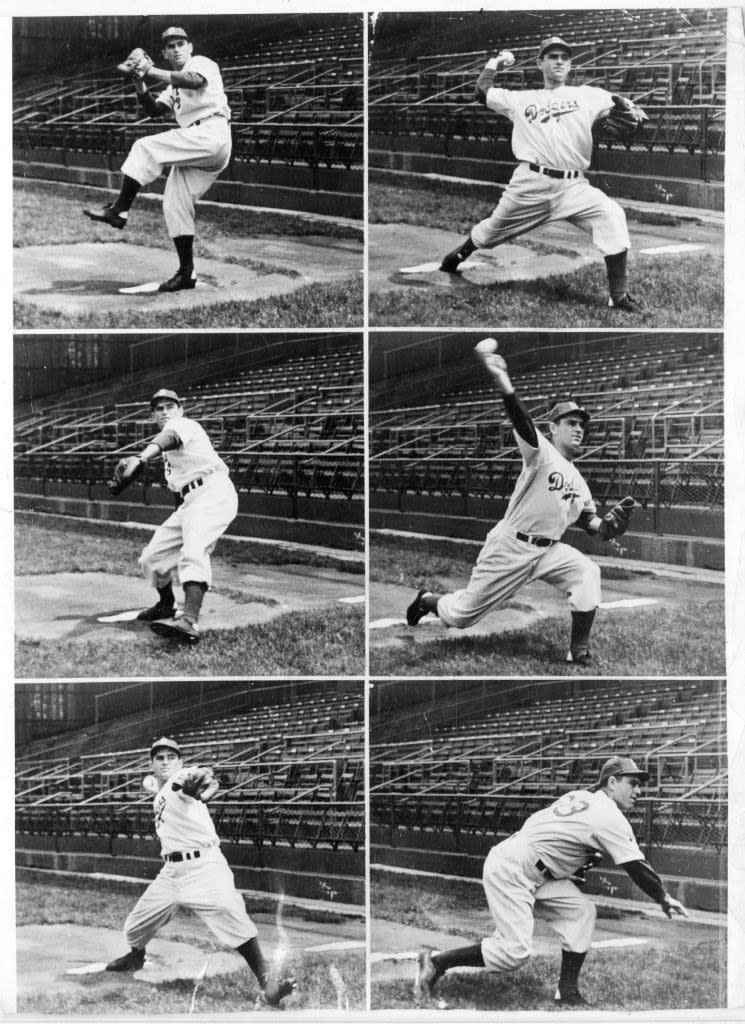
It took Head three long years before he could throw the ball right handed with any velocity, but he eventually became good enough to earn a spot in the low minor leagues. That would've been a story in and of itself, but Head continued to excel, and earned a promotion to the Dodgers in 1940.
Against all odds, Head became a key member of the Dodgers' pitching staff, and in storybook fashion, even used his right arm to throw a no-hitter in 1946, blanking the Braves 5–0. How 'bout that!

